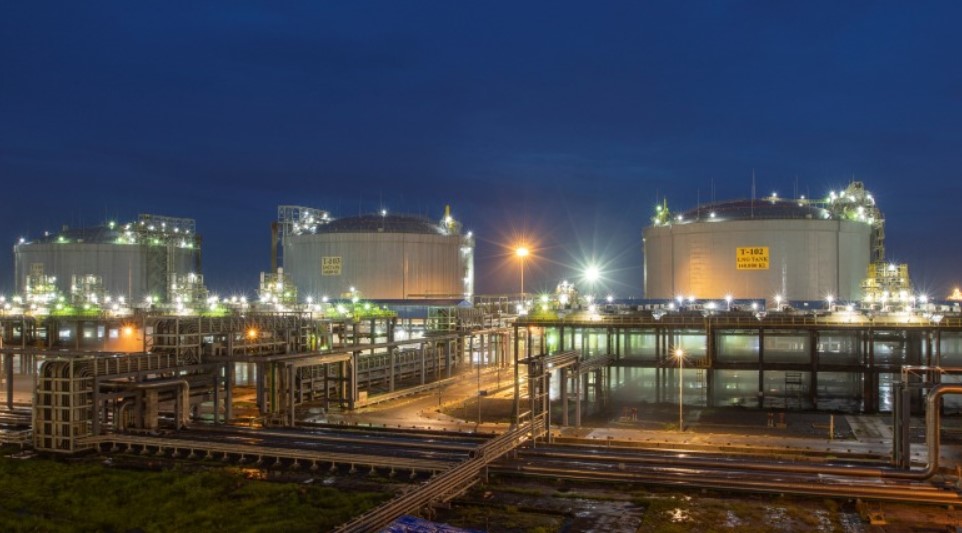India’s liquefied natural gas (LNG) imports dropped in May this year compared to the same month last year, according to the preliminary data from the oil ministry’s Petroleum Planning and Analysis Cell.
The country imported about 2.65 billion cubic meters, or about 2 million tonnes of LNG, in May via long-term contracts and spot purchases, a drop of 7.2 percent compared to the same month in 2023, PPAC said.
In April this year, LNG import rose year-on-year, while in March LNG imports dropped slightly following a year-on-year rise in January and February, PPAC’s data previously showed.
During April-May, India took some 5.29 bcm of LNG, or about 4 million tonnes, down by 1.3 percent compared to the same period last year, according to PPAC.
India paid $1.1 billion for May LNG imports, compared to $1.8 billion in May last year, and the country paid $2.2 billion in the April-May period, down from $3.2 billion in the same period last year, PPAC said.
As per India’s natural gas production, it reached about 3.1 bcm in May, up by 6.7 percent compared to the corresponding month of the previous year.
Natural gas production of 6.06 bcm in April-May was up by 7.2 percent compared to the same period in 2023.
At the moment, India imports LNG via seven facilities with a combined capacity of about 47.7 million tonnes.
These include Petronet LNG’s Dahej and Kochi terminals, Shell’s Hazira terminal, and the Dabhol LNG, Ennore LNG, Mundra LNG, and Dhamra LNG terminal.
The Chhara LNG import terminal in Gujarat should also receive its commissioning cargo later this year after it failed to unload the cargo from the 2015-built 159,800-cbm, Maran Gas Mystras.
India’s Hindustan Petroleum, a unit of state-owned ONGC, aims to launch its delayed Chhara LNG import terminal by October this year, according to its management.
During April, the 17.5 mtpa Dahej terminal operated at 101.1 percent capacity, while the 5.2 mtpa Hazira terminal operated at 28.6 percent capacity, PPAC said.
The 5 mtpa Dhamra LNG terminal operated at 26.9 percent capacity, the 5 mtpa Dabhol LNG terminal operated at 69.9 percent capacity, the 5 mtpa Kochi LNG terminal operated at 20.9 percent capacity, and the 5 mtpa Ennore LNG terminal operated at 25.6 percent capacity, it said.
Petronet recently said it expects a 15 percent rise in the country’s imports of liquefied natural gas during this financial year.
The company’s executives said during the company’s earnings call on May 23 that Petronet expects India’s LNG imports to rise to 27 millions tonnes in the fiscal year 2025/2026 which ends in March next year.

